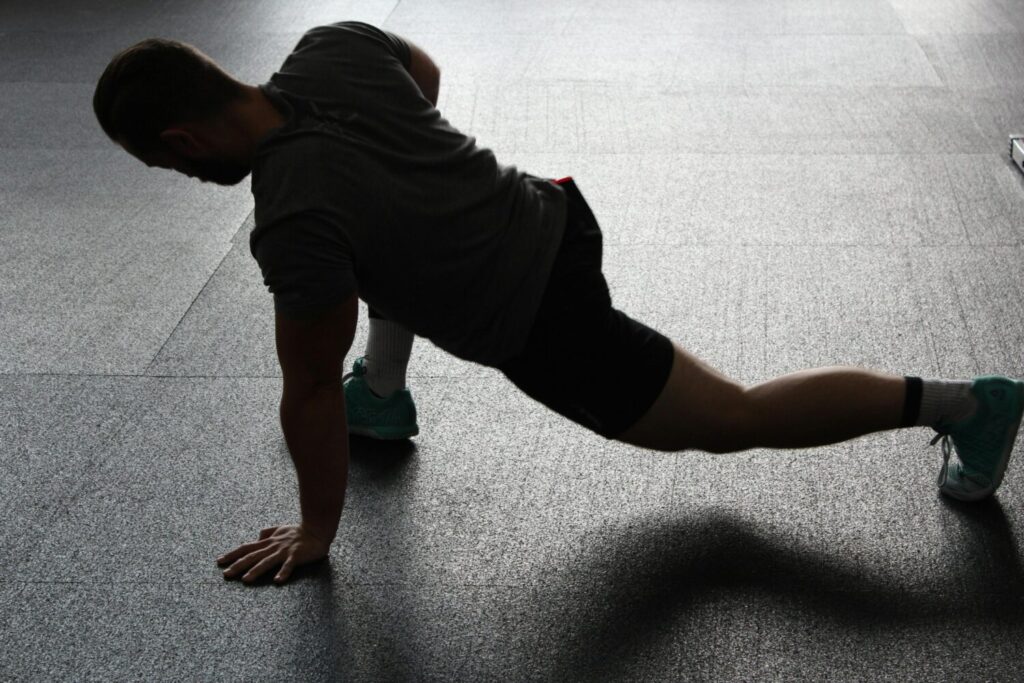Sports performance show down, Flexibility vs. Mobility

As we discussed in last week article 5 sports performance myths, yoga is often a very quick answer for poor range of motion. A performance coach tells you “John, you need to stretch more! Your hamstrings are tight!” John being the “take action” kind of guy, goes on google and types, increase flexibility. Yoga exercises, stretches come up. He decides, “I’m going to go take a yoga class! That’ll fix my tightness!”. The intent to act is fantastic but believe it or not google may not be the right place to search, at least not yet.
Yoga has many great benefits, personally I’m a fan of Vinyasa yoga, flowing through yoga poses/exercises, getting to understand your breath, finding awareness in how your body moves or how it doesn’t move, mental stress release, among others, it is a nice piece to add into a training program. When looking to increase flexibility, the majority of the poses are static holds which in most fit individuals will only bring them to their current state of passive flexibility. Flexibility is a puzzle piece of mobility. The importance of a true mobility program is understand how to balance the proper flexibility needs of each person to allow them to achieve their vision of mobility success.
Sports performance `Mobility, neurological reset

For an athlete looking to get the body to its full potential, the body needs a neurological reset. The body’s central nervous system has safeguards in the muscle that set the “safe” ranges of motion for our body. These safe guards are set in place to protect from injury. If you shoot with your right hand and your torso rotates towards the left side, then the central nervous system begins adjusting the range of motion needed for the body’s efficiency and assumes you don’t need the rotation to the right side. You don’t use it, why have it?! The only way to have greater control or strength in movement is to reset the safe guards that have been put in place due to poor movement habits. This requires muscle unit contraction, and isometrics have been shown to be safe and effective, especially when moving through the person’s end range.
Performing an isometric contraction while in a stretched position gets the CNS thinking it’s in a position which it can control. It is important to keep in mind that isometric contraction needs to be performed at an intensity that is greater than 80% of Maximal Voluntary Contraction. So the contractions are taxing on the nervous system and allow for a reset.
Open the mobility flood gates
Adding isometric contractions into your mobility training program allows for strength through the movement. Strength through the movement means now it can be applied into whatever movements are needed to increase your capabilities in your sport. In your goal to increase performance, continually assess your own capabilities to make sure there is true progress. With continuous assessment, your purpose and intent is at the forefront of your final vision. If the final vision is defined the journey to it, no matter how many obstacles, allows success!

In the coming articles we’ll discuss some great techniques to use to increase the body’s mobility.
Written By:
Kirill Vaks
BA, CSCS, NFPT-SNS
Suggested Article:
Take action… Now!
Training Aspects Personal Training and Sports Performance:
Visit us:
Inside of the Flyers Training Center
601 Laurel Oak Rd.
Voorhees, NJ 08043



